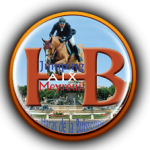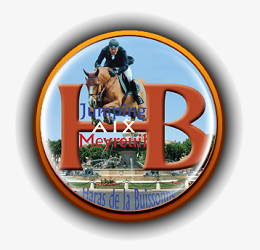The Eye of Horus stands as a profound synthesis of spiritual symbolism and geometric precision, rooted deeply in ancient Egyptian cosmology. More than a mythic emblem, it embodies the Pharaoh’s divine mandate as Horus, the falcon god associated with celestial authority, swift vision, and just judgment. The sharp, segmented form of the eye reflects not only divine protection but also the balance essential to cosmic order—a balance symbolized by the djed pillar, representing Osiris’s enduring strength and stability.
The Pharaoh as Living Horus and Celestial Guardian
In ancient Egypt, the living Pharaoh was not merely a ruler but the earthly embodiment of Horus, the divine falcon watching over the cosmos. This sacred identity granted the Pharaoh authority grounded in celestial vision. The Eye of Horus, therefore, became a visual seal of that divine insight—its segmented structure mirroring the layered responsibilities of kingship: judgment, protection, and spiritual guardianship. As a living Horus, the Pharaoh’s gaze was both protective and piercing, ensuring harmony between heaven and earth.
Sacred Geometry: Proportional Balance in Ancient Design
The Eye of Horus exemplifies ancient Egyptian mastery of sacred geometry—using precise mathematical proportions to encode cosmic harmony. Each segment’s ratio reflects sacred numbers tied to human anatomy and celestial cycles, creating a visual language where form conveys deeper meaning. For instance, the eye’s symmetrical divisions mirror the golden ratio and harmonic proportions found in temple architecture, reinforcing the idea that beauty and order are intrinsically linked. This geometric structure transforms symbolism into a tangible extension of spiritual truth.
| Ancient Proportion | Symbolic Meaning | Geometric Expression |
|---|---|---|
| Golden Ratio (1.618) | Divine harmony across realms | Balanced segment division reflecting universal order |
| Human Body Proportions | Pharaoh’s cosmic role | Eye width aligns with head-to-foot ratio |
| Celestial Cycles | Eye’s concentric circles mirror planetary orbits |
From Temples to Tombs: Sacred Geometry in Cultural Monuments
In Egyptian temples and tombs, the Eye of Horus was not just art—it was architecture encoded with meaning. Carved into stone lintels and buried with the deceased, its geometric precision anchored divine protection and ensured cosmic alignment. The Eye’s symmetrical divisions reinforced royal legitimacy, linking pharaohs to Osiris’s enduring power. These artifacts illustrate how sacred geometry transcended decoration, becoming a visual language for cosmic order and eternal stability.
Modern Echoes: The Eye of Horus in Contemporary Design
Today, the Eye of Horus inspires modern creators seeking to express resilience, continuity, and spiritual depth. Designers adopt its segmented symmetry not merely as aesthetic choice, but as a deliberate nod to ancient wisdom. From corporate logos using its balanced form to digital interfaces emphasizing clarity and stability, the Eye’s geometry communicates timeless values through modern visual clarity.
“Geometry is the soul’s language—ancient and universal, speaking across millennia.”
Non-Obvious Insights: Geometry as a Bridge Across Time
The Eye of Horus reveals how sacred geometry roots profound meaning in form. Ancient Egyptians encoded cosmic order in its divisions; today, designers use similar proportions to foster trust and continuity. This visual language operates beyond culture—offering a universal means to express stability, transcendence, and resilience. By studying such symbols, we uncover how geometry bridges past and present, meaning and form.
Table: Key Properties of the Eye of Horus in Sacred Geometry
| Feature | Description | Ancient Meaning | Modern Application |
|---|---|---|---|
| Segmented Circular Shape | Divided into five parts | Represents Eye’s restoration after injury | Used in logos for healing brands and wellness design |
| Symmetrical Division | Fivefold symmetry, mirroring human proportions | Symbolizes wholeness and balance | Applied in digital UI design for intuitive layout |
| Golden Ratio Proportions | Precise segment ratios align with sacred numbers | Imbues design with natural harmony | Influences architectural facades and brand identity |
The Enduring Power of Balanced Form
The Eye of Horus endures not just as myth, but as a masterclass in how geometry conveys enduring truth. Its segmented symmetry reflects ancient wisdom—order, resilience, transcendence—values still resonant in modern visual culture. By studying such symbols, we learn that geometry is more than measurement: it is a universal language of meaning, shaped by culture, yet timeless in purpose.
Explore how this ancient emblem continues to inspire innovation, from sacred temples to digital screens—proof that the past’s geometric legacy still shapes our world.















